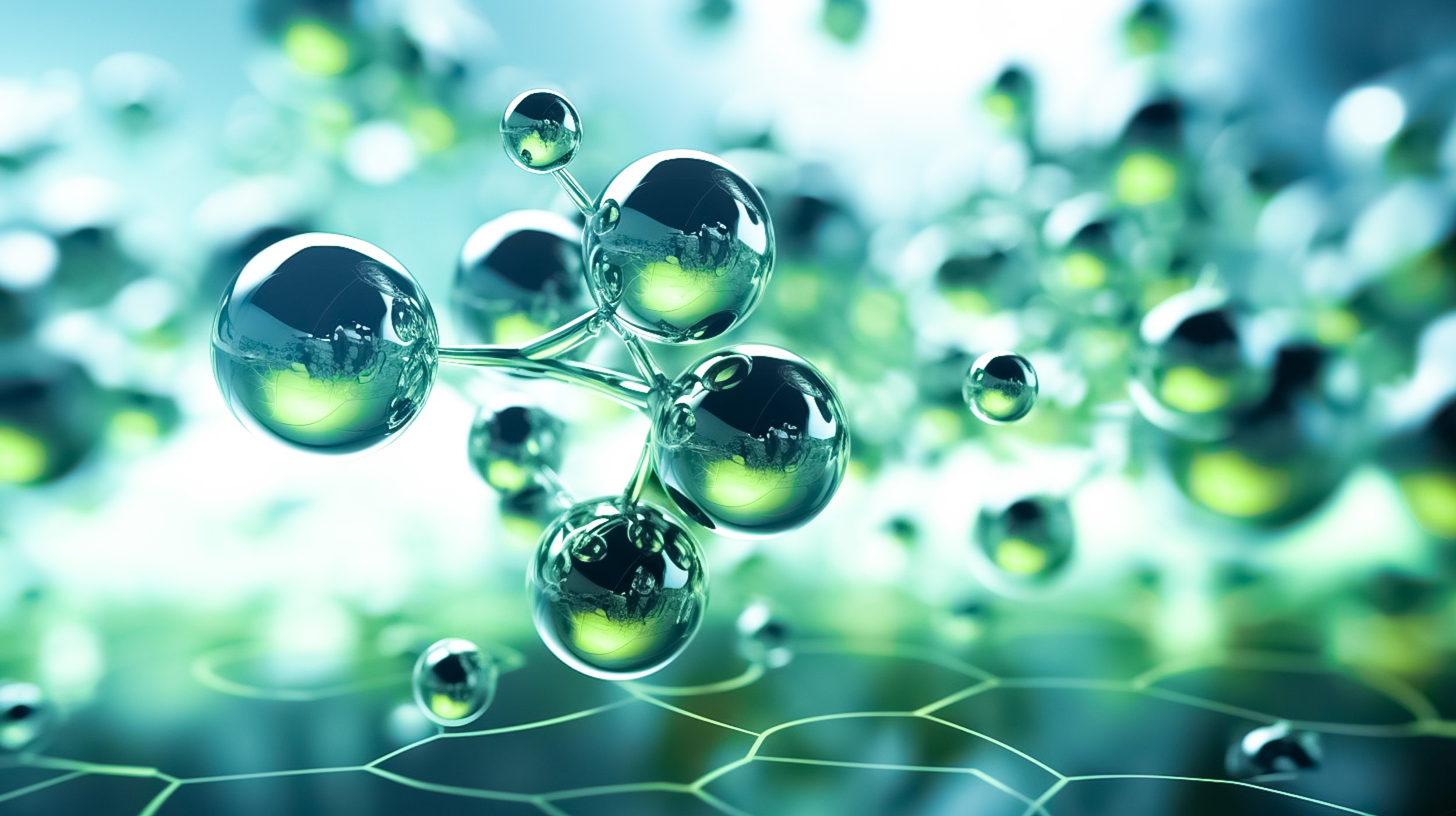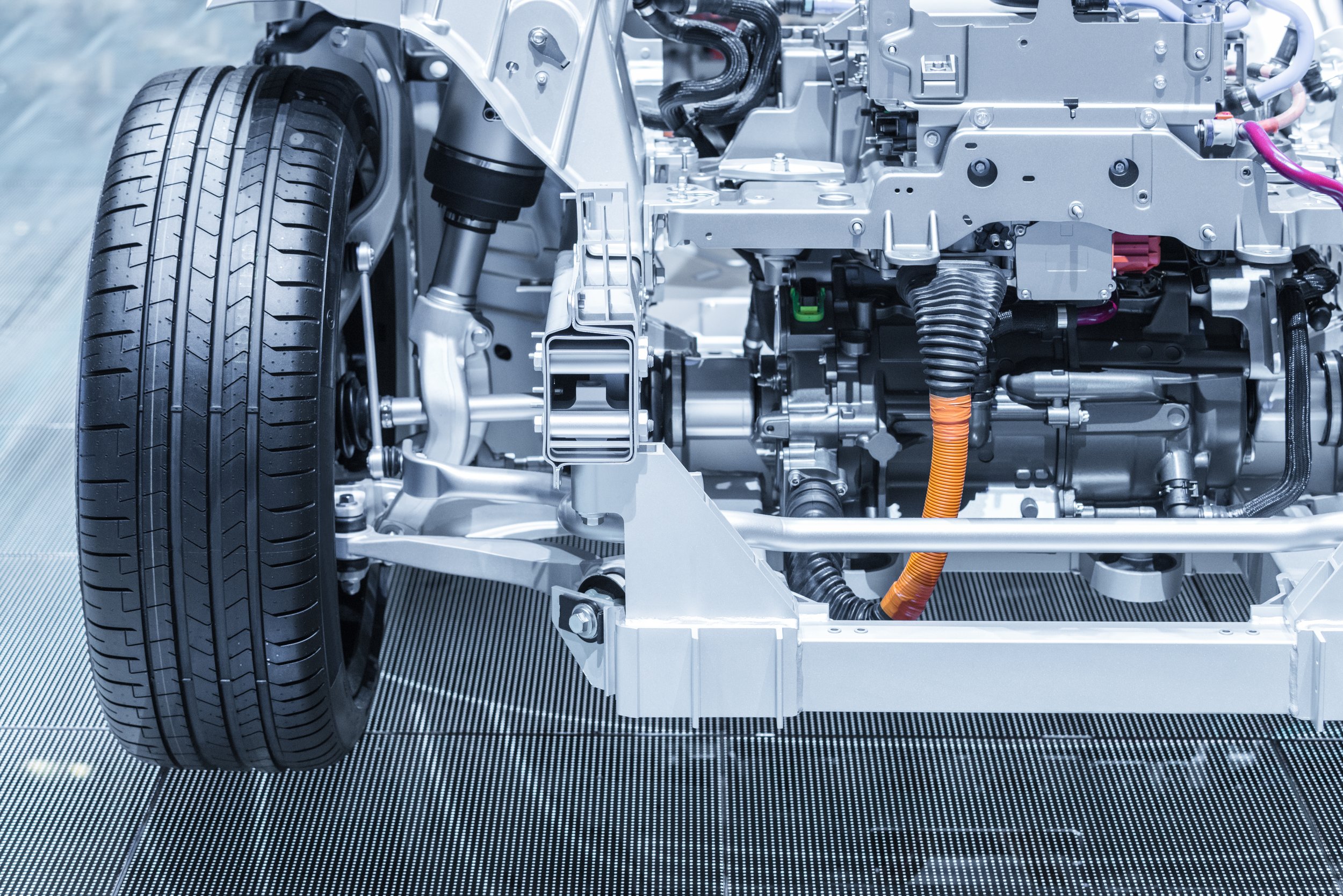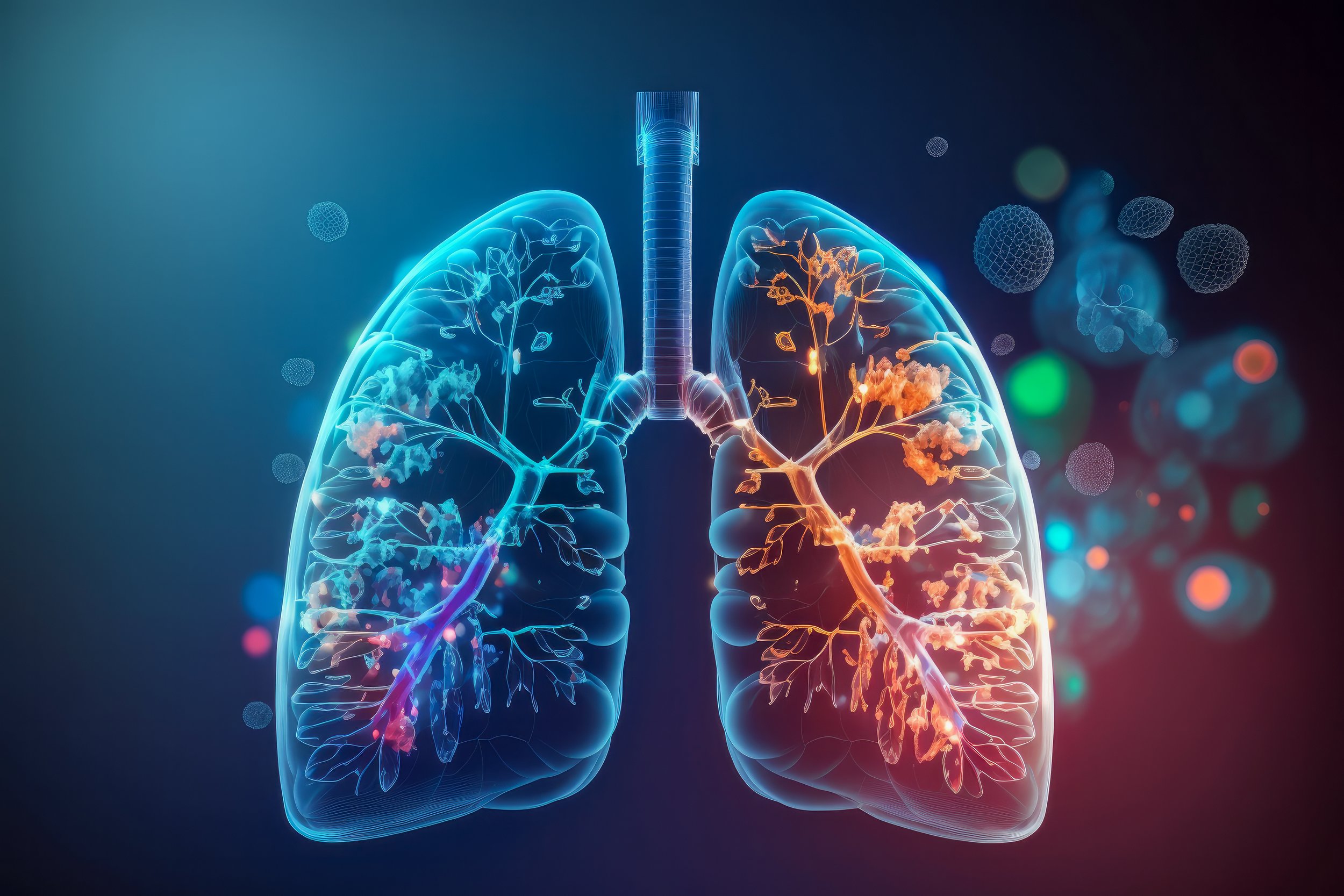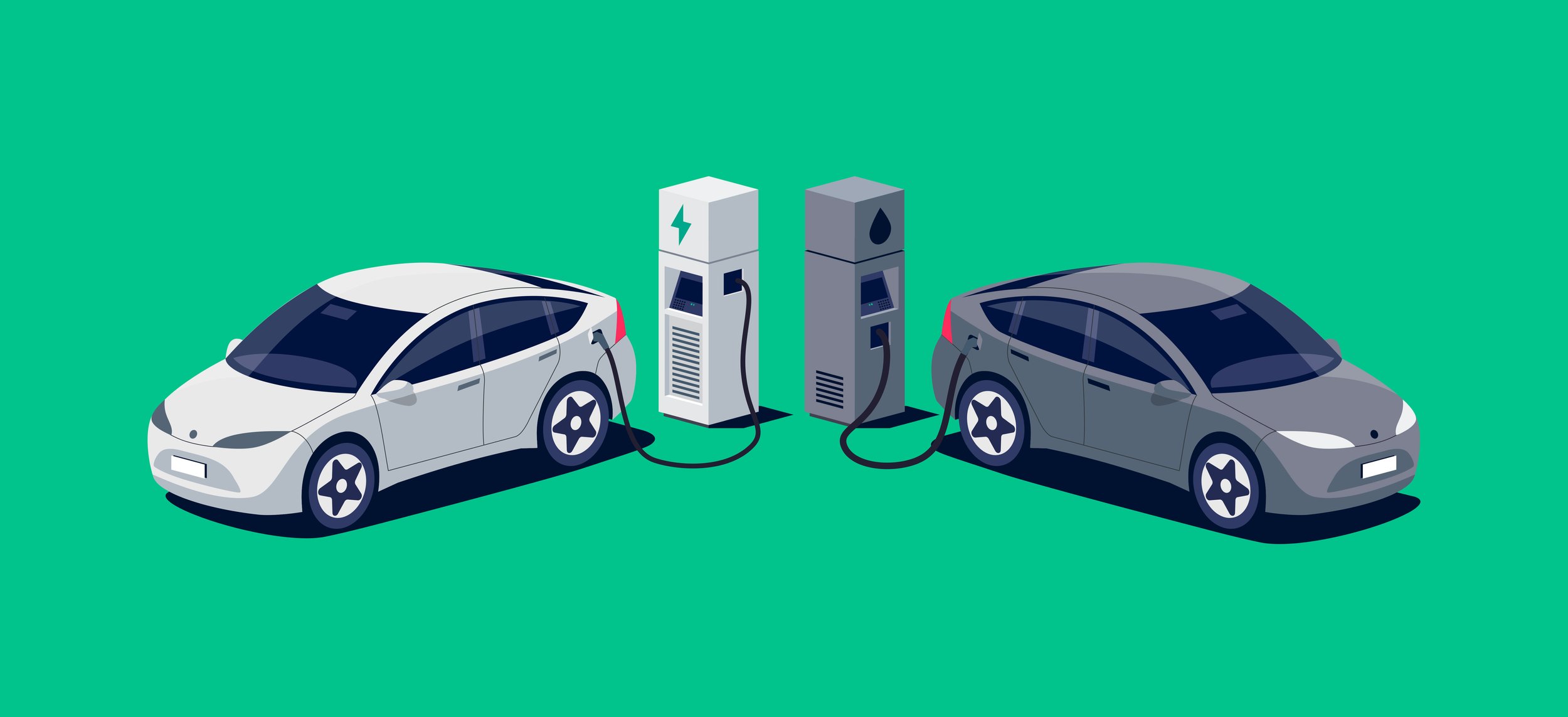The Effects of Climate Change on National Parks
As a child I was an enthusiastic explorer, meaning that I visited a lot of national parks across the country. From the peaks of Yosemite to the swamps of the Everglades, I quickly discovered the natural beauty that our nation has to offer, and the vast, diverse landscapes that vary drastically amongst different states and regions. However as I grew older and continued to visit more national parks, I noticed some large differences. I noticed that the landscapes tended to be drier, with less vegetation than prior years. I noticed that there was less and less snow every single winter.
Fossil Fuel Divestment
As climate change continues to be the most pressing global issue, high schools across the globe are taking steps towards a more sustainable future. One movement gaining lots of momentum in recent years is the push for energy divestment—to urge high schools to shift their investment from fossil fuels into renewable energy.
The Impact of the Pollution of Lake Okeechobee on Florida’s Economy
Lake Okeechobee has an important economic contribution to the economy of Florida. Unfortunately, the health of the lake has been drastically reducing over the past years and by extension, has serious economic impacts. This is a brief overview of the impact it has on Florida's economy.
Different types of wind turbines
In the era of impending threat from climate change, and the exigency of needing to switch to cleaner and renewable resources, it is clear that wind power will play a crucial role in the future. There are 2 primary types of wind turbines, Horizontal Axis Wind Turbines (HAWTs) and Vertical Axis Wind Turbines ( VAWTs). They both have their places in the coming decades when switching to renewable energy.
The role of forests in climate change
Deforestation is the clearing of forests on a large scale and is one of the biggest environmental problems that is contributing to climate change. Trees are cut down for timber, agriculture, and urban development, but forests are a necessary component in the climate system. As a result, their clearing leads to the emission of carbon, which affects the ability of the planet to sequester greenhouse gases.
The Impact of Microplastics on Marine Ecosystems
Microplastics are plastic particles that are less than 5 mm in size and are being deposited into the oceans at a rapid rate, which has negative impacts on marine life, the environment, and even human health. These particles come from various sources, including worn-down plastic waste, microbeads used in personal care products, and synthetic fibers from clothes. As a result of the increasing production of plastics, microplastics have become one of the most widespread and durable pollutants in the environment.
Potential Implications of AI on Coral Reef in the Florida Keys
As a resident of Florida and having dove at 80 different dive sites in the Florida Keys, Floridian reefs hold a special place in my heart. With the increasing effects of anthropogenic impacts, coral reefs in the Keys have degraded from 25% coral coverage to barely 2%. As carbon dioxide levels increase leading to coral skeletons weakening and rising sea temperatures leading to wide-scale coral bleaching, the deterioration of coral gets worse every year.
Smart Canopies: Revolutionizing Maize Yields with the lac1 Gene Mutation
Corn, or maize, is a staple food in several countries. Corn is a versatile food, inexpensive, and easy to store. Therefore, to combat hunger in several countries, increasing maize yields is key. Intuitively, increasing plant density, or the amount of maize that is planted, also results in higher yields. However, when planting more corn, optimizing plant architecture is key. The corn needs to be planted in such a way that the leaves of the crops that are taller do not block light to the lower plants.
Impacts of the 2024 Election on the Fight Against Climate Change
The results of the 2024 election came out two weeks ago, and we saw that the Donald Trump administration is taking power for a second term. Another term with the Trump administration has serious implications on climate efforts and policies.
El Niño and Climate Change: Understanding Colombia's Intensifying Drought Challenges
El Niño events are a series of complex weather patterns in the Pacific ocean between Oceania and South America that result in irregular meteorological phenomena. Although El Niño events recur, they do not follow a specific cycle. These events lead to increased humidity, a higher frequency of intense hurricanes, and disrupted precipitation patterns. Due to its proximity to South America, the effects of El Niño are strongly felt in many South American countries, including Colombia. In particular, El Niño has contributed to persistent droughts across Colombia.

Synthetic Leaves Generate Electricity from Wind and Rain
The World Health Organization projects that climate change will cause over 250,000 additional deaths annually (Climate Change, 2023). Consequently, the issue tends to draw attention from people across the United States who demand immediate action. The most popular forms of renewable energy are solar power, wind power, and hydropower. Unfortunately, all of these methods of generating electricity have downsides, including cost and harm to the environment.
Geoengineering and Sulfur Dioxide: A potential coolant for our atmosphere?
Everyone has heard of brutal volcanic eruptions, such as Tambora or Krakatau. These volcanos, intuitively, release several kinds of harmful and dangerous chemicals into the atmosphere such as sulfur dioxide and acids. Recently, there was an underwater volcanic eruption of the Hunga Tonga–Hunga Ha’apai volcano in Tonga, a country in Oceania. This eruption released an unprecedented amount of water vapor into the atmosphere with the force of a nuclear weapon. The eruption happened over two uninhabited islands and it resulted in harms and benefits to the atmosphere in terms of climate change.
The Dark Side of Carbon Capture
Carbon capture, sequestration, and removal are all vital technologies we need to utilize to achieve net-zero carbon emissions. The difference between these technologies is that removal removes carbon that has already been emitted into the atmosphere, sequestration attempts to take carbon away at its source, such as from flue stacks, and carbon capture essentially encapsulates all of these different technologies.
The woman who really discovered the greenhouse effect
We spend a lot of time talking about the present and the future whether that’s at school, at work, in the stock market, or even when talking about the climate crisis. We are going to take a quick trip to the past and focus on who is to be credited for discovering the greenhouse effect.
Gigablue: Phytoplankton based carbon sequestration
One of the challenges in fixing the climate is not only making the shift to green technology, but also sequestering all the carbon dioxide that’s already in the atmosphere.

Green Hydrogen: benefits, obstacles, importance
Hydrogen is the most abundant chemical in the world. It turns out that hydrogen is actually a really effective fuel, however, it does not exist alone in nature. Hydrogen is a diatomic element meaning that it always appears as H2, among other elements in compounds and molecules, such as our favorite, water.

How do hybrid vehicles work? How beneficial are they for our all-electric future?
We all have heard about hybrid electric vehicles, but there has been a question that has been wandering my mind for weeks: how exactly do they work? How do you choose when to run it on gasoline versus electricity?

Carbon capturing fruits, modeled after the human lung
Carbon capture, removal, and storage technology is a relatively new technology, but it has been around for some time with little success. Essentially what the technology does is it sucks carbon dioxide out of the atmosphere and either converts it…

Fast Fashion: Quick Waste
You’ve probably heard the words consumerism before. It means the culture that we have developed to give consumers what they want and when they want it. However, it is said that consumerism is a really big contributor to climate change. The reason being that a lot of big…

Are EVs Greener than ICEs?
Many people think that electric vehicles (EVs) are 100% sustainable and environmentally-friendly. While research has shown that EVs produce on-net less emissions than internal combustion engines (ICEs), they still are not at their full green capacity.
